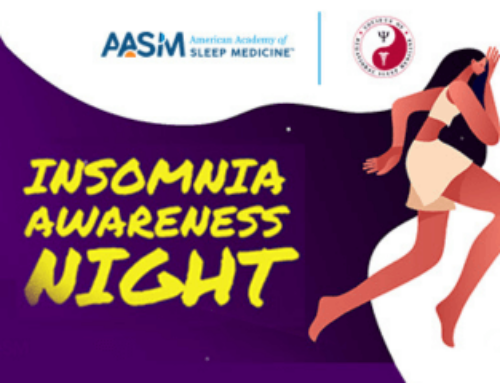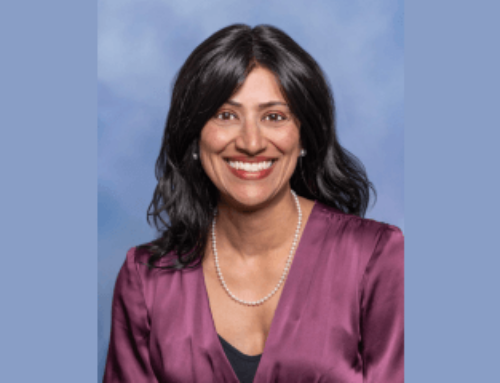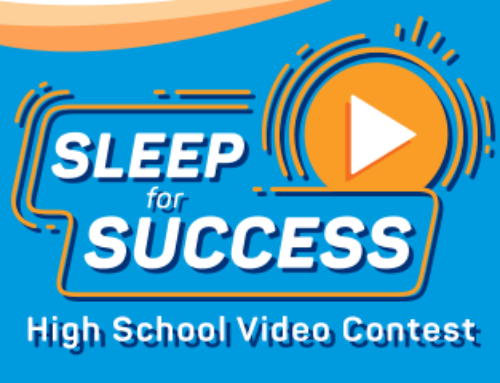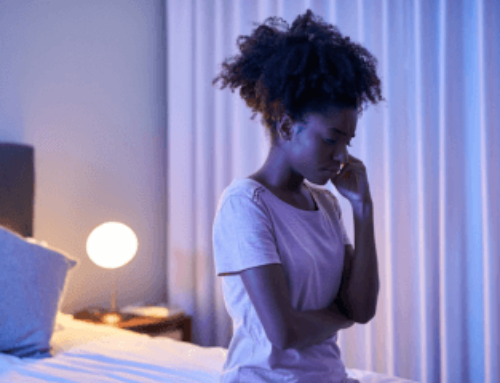WESTCHESTER, IL – A study in the Dec.1 issue of the journal SLEEP shows that short, unpleasant, dreamlike mental activity occurs during sleepwalking and sleep terrors episodes, suggesting that people with these sleep disorders may be acting out dreamlike thoughts.
Results show that 71 percent of participants reported at least one incident of dreamlike mental content associated with an episode of sleepwalking or sleep terrors, and the action in the dreamlike thoughts corresponded with the observed behavior. A total of 106 reports of dreamlike mental activity were collected; the mental content was brief, with 95 percent of the reports involving a single visual scene. These dreamlike thoughts were frequently unpleasant, with 84 percent involving apprehension, fear or terror; 54 percent involving misfortune, in which injury, mishap or adversity occurred through chance or environmental circumstances; and 24 percent involving aggression, with the dreamer always being the victim. Compared with healthy controls, patients with sleepwalking and sleep terrors reported more severe daytime sleepiness and had four times as many arousals from slow-wave sleep.
Principal investigator Isabelle Arnulf, MD, PhD, neurologist and head of the sleep disorders unit at Unité des Pathologies du Sommeil at Hôpital Pitié-Salpêtrière in Paris, France, said that it has been widely believed that dreams do not occur during sleepwalking and sleep terrors events. However, previous studies focused mostly on children rather than adults.
“The results are surprising, as it is commonly reported that sleepwalkers and patients with sleep terrors do not remember dreaming,” said Arnulf. “Adults involved in the study who experienced sleepwalking and sleep terrors were less confused during the episode than children, making it easier to express their dream mentations.”
According to the AASM, sleepwalking and sleep terrors typically occur during arousals from slow-wave sleep and are classified as “parasomnias,” which are undesirable events or experiences that occur during entry into sleep, within sleep or during arousals from sleep. Sleepwalking occurs when a person gets out of bed and walks around with an altered state of consciousness and impaired judgment. An episode of sleep terrors occurs when a person sits up in bed with a look of intense fear, often making a cry or piercing scream.
Forty-three patients with severe, frequent, dangerous or disturbing episodes of sleepwalking or sleep terrors participated in the study and were matched with 25 healthy control subjects. The mean age of patients was 26 years with a range from 11 to 72 years, and 46 percent were male. Five patients suffered exclusively from sleep terrors, eight subjects suffered from sleepwalking only and 30 experienced both sleepwalking and sleep terrors.
Data were gathered retrospectively by interview, so that the dreamlike thoughts that were collected covered a lifetime span for each patient. Thirty-eight patients (88 percent) were able to reliably answer questions about their mental content during the sleepwalking and sleep terrors episodes. Sleep also was monitored during one night in a laboratory.
For a long time rapid eye movement (REM) sleep has been considered to be the neurobiological basis of dreaming, the authors noted. Although complex mental activity has been reported in non-REM sleep during slow-wave sleep, the extent to which the reported dreamlike thoughts may be described as “dreaming” is still debated.
The authors suggested that the brief, dreamlike activity occurring during sleepwalking and sleep terrors could be either the terminal part of a longer dream that is forgotten at the time of arousal, or a short mental creation elicited before or just at the time of arousal.
SLEEP is the official journal of the Associated Professional Sleep Societies, LLC (APSS), a joint venture of the American Academy of Sleep Medicine and the Sleep Research Society.The APSS publishes original findings in areas pertaining to sleep and circadian rhythms. SLEEP, a peer-reviewed scientific and medical journal, publishes 12 regular issues and 1 issue comprised of the abstracts presented at the SLEEP Meeting of the APSS.
For a copy of the study, “Dreamlike Mentations During Sleepwalking and Sleep Terrors in Adults,” or to arrange an interview with the study’s author, please contact Kelly Wagner, AASM public relations coordinator, at (708) 492-0930, ext. 9331, or kwagner@aasm.org.
AASM is a professional membership organization dedicated to the advancement of sleep medicine and sleep-related research. As the national accrediting body for sleep disorders centers and laboratories for sleep related breathing disorders, the AASM promotes the highest standards of patient care. The organization serves its members and advances the field of sleep health care by setting the clinical standards for the field of sleep medicine, advocating for recognition, diagnosis and treatment of sleep disorders, educating professionals dedicated to providing optimal sleep health care and fostering the development and application of scientific knowledge.
###




